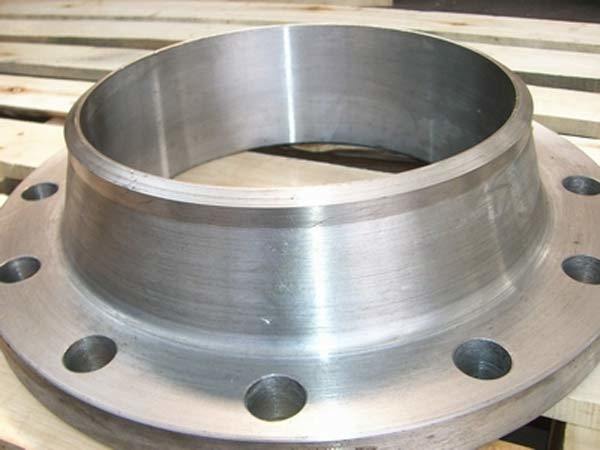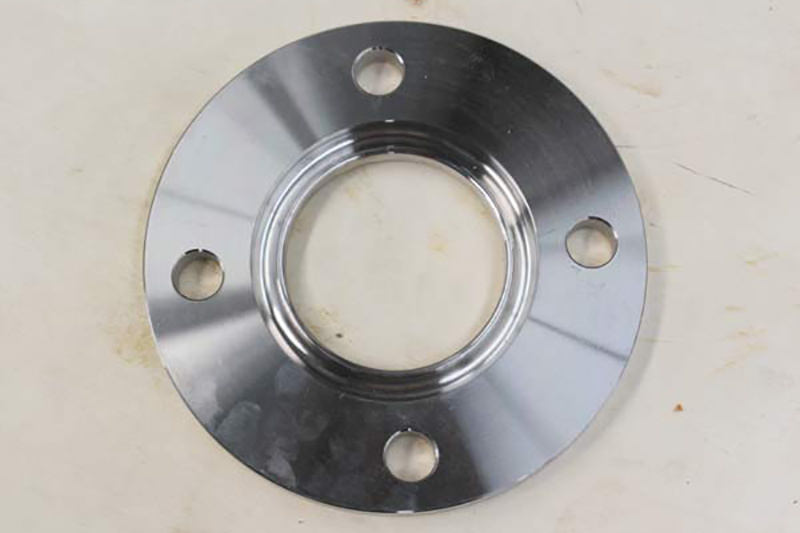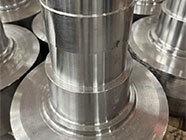The purpose of heating in forging production and heating methods
Release time:
2020-07-07
The heating of the blank (raw material for forging) before forging is an indispensable and important part of the entire forging process, which has a direct impact on improving forging productivity, ensuringForgingquality, as well as saving energy consumption and reducing product costs.
1. Purpose and Requirements of Heating
(1) Purpose of Heating
To improve the plasticity of metals, reduce the resistance to deformation, making it easier to shape, and obtain good post-forging structure and mechanical
properties.
(2) Requirements of Heating
① Heat to the predetermined temperature at the fastest speed under the allowable thermal conductivity and internal stress conditions of the metal material, to improve efficiency and save energy.
② Minimize the absorption of harmful gases by the heated metal, such as oxygen, hydrogen, nitrogen, etc., reduce defects such as oxidation, decarburization, or hydrogen embrittlement, and improve heating quality.
③ During the low-temperature heating stage, prevent excessive temperature differences between the outer layer and the core of the metal cross-section due to improper heating, which can cause excessive thermal stress, compounded by other internal stresses, leading to material rupture.
④ Accurately implement the specified heating specifications, such as heating temperature, speed, time, and insulation conditions, to prevent defects such as overheating and overburning.
③在低温加热阶段,要防止因加热不当而使金属截面的外层与心部产生过大的温
差,以致造成过大的热应力,再叠加其它内应力,引起材料破裂。
④准确实施给定的加热规范,如加热温度、速度、时间和保温等加热条件,以防产生
过热、过烧等缺陷。
Latest developments
Maintaining Your Threaded Flanges: Expert Tips for Longevity in Construction and Decoration
Maintaining Your Threaded Flanges: Tips for Longevity Table of Contents Understanding Threaded Flanges The Importance of Maintenance for Threaded Flanges Common Issues with Threaded Flanges and Their Solutions Best Practices for Maintaining Threaded Flanges Protective Coatings and Treatments for Threaded Flanges How to Inspect Threaded Flanges Effectively When to Repla
Understanding Flanged Connections: Essential Insights for Building and Decorative Materials
Flanged connections are a pivotal aspect of piping systems, specifically designed to join two sections of pipe or a pipe to a valve or fitting. These connections utilize flanges—flat pieces of material with holes for bolts—that create a secure seal between components. A properly executed flanged connection ensures the integrity and efficiency of fluid transport systems, making it an essential topi
Top 5 Advantages of Incorporating Sliding Flanges in Your Designs
Top 5 Advantages of Incorporating Sliding Flanges in Your Designs Introduction to Sliding Flanges In the world of construction and design materials, sliding flanges stand out as a crucial component that facilitates a variety of applications. These unique connections allow for flexibility in piping systems, making them indispensable in many industrial and architectural projects. Understanding the
Understanding High Neck Flanges: Essential Components in Construction and Decoration
High neck flanges, also known as long neck flanges, are specialized connectors used in piping systems. Unlike standard flanges, they feature an extended neck that provides additional height to the flange face. This design is particularly beneficial in applications requiring higher alignment precision and enhanced sealing capabilities. The extended neck allows for better support and alignment of th
The Evolution of Flat Flanges in Building Materials: A Comprehensive Insight
The Evolution of Flat Flanges in Building Materials Introduction to Flat Flanges in the Construction Industry Flat flanges are critical components in various piping and construction applications, serving as flat surfaces for connecting pipes, valves, and other equipment. Their evolution reflects advancements in engineering, material science, and design, contributing to the efficiency and safety of
Understanding Steel Industries Forgings: Key Insights for Professionals
Steel industries forgings play a crucial role in the manufacturing of high-performance components that are integral to various sectors, particularly in construction and decorative materials. Forgings are produced by shaping metal through localized compressive forces, which can be applied through hammers or presses. This manufacturing process not only improves the mechanical properties of the steel









